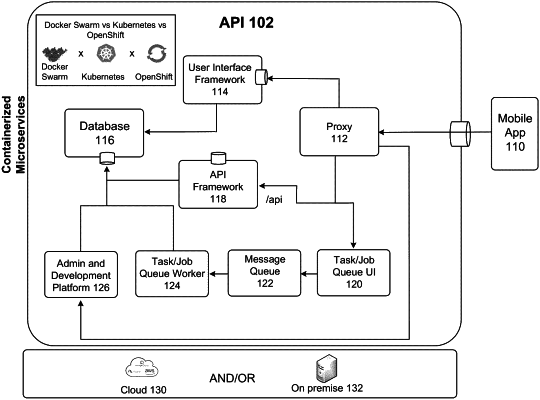| CPC G06V 30/1456 (2022.01) [G06V 30/133 (2022.01); G06V 30/19147 (2022.01); G06V 30/1916 (2022.01); G06V 30/2247 (2022.01)] | 20 Claims |

|
1. A computer-implemented system for unique asset serialization, the system comprising:
an interactive user interface that is configured to receive one or more inputs;
a database interface that communicates with a database that stores and manages asset data; and
a processor executing on a mobile device and coupled to the interface and the database interface, the processor further configured to perform the steps of:
receiving, via an input interface, one or more images of a unique asset;
detecting, via a computer vision detection model, one or more unique serial number candidates on the unique asset in the received one or more images of the unique asset;
performing, via a prediction model, text recognition on the one or more unique serial number candidates and identifying one or more predicted unique serial numbers with corresponding confidence levels;
performing post processing on the one or more predicted unique serial numbers to improve prediction accuracy;
displaying, via the interactive user interface executing on the mobile device, the one or more predicted unique serial numbers;
receiving one or more user inputs responsive to the one or more predicted unique serial numbers; and
improving the prediction model based on the one or more user inputs.
|